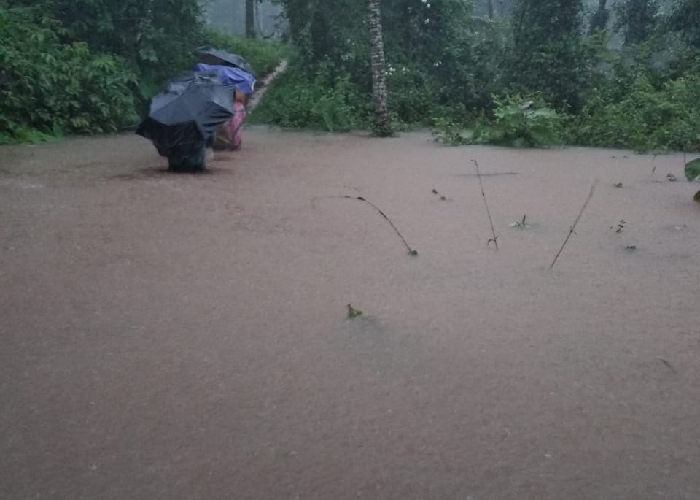
New Delhi, December 30: She fought bravely for two weeks, but doctors always knew that her chances were very slim.
The brutal assault by six men with a rusty iron rod damaged her abdomen so severely that the doctors at Safdarjung Hospital in the capital had to remove almost the entire small intestine (23 feet long) in multiple surgeries last week. Small intestine is required for food absorption and digestion.
Bereft of the vital organ, the 23-year-old physiotherapy student was put on total parental nutrition (TPN), an artificial formula containing glucose, amino acids, lipids, vitamins and dietary minerals.
It is administered through vein access in a limb.
Though patients can survive on TPN for several years, in her case infections spread fast and wide inside the abdomen and ultimately overwhelmed the patient.
Doctors fought with several antibiotics for 13 days, but were pushed backward by recurring bouts of infection.
In fact, towards the later part of her stay at the hospital, she picked up a hospital-acquired infection. Sources said she was infected by acinatobactor, a key source of infection in debilitating patients in the hospital.Since this bug survives on dry surfaces for up to 20 days, they pose a high risk of spread and contamination in hospitals, potentially putting immune-compromised and other patients at risk for drug-resistant infections that are often fatal and expensive to treat.
Though doctors are not clarifying at the moment, if this hospital-acquired infection was one of the key reasons for the government to shift her to Singapore, the new infection certainly made her treatment more complicated as she was already fighting several other infections that came from the iron rod.
In her second week at the Safdarjung intensive care unit, the girl also developed what is medically known as disseminated intravascular coagulation, which leads to development of tiny clots inside blood vessels and carries the risk of bleeding from other sites.






Comments
Add new comment